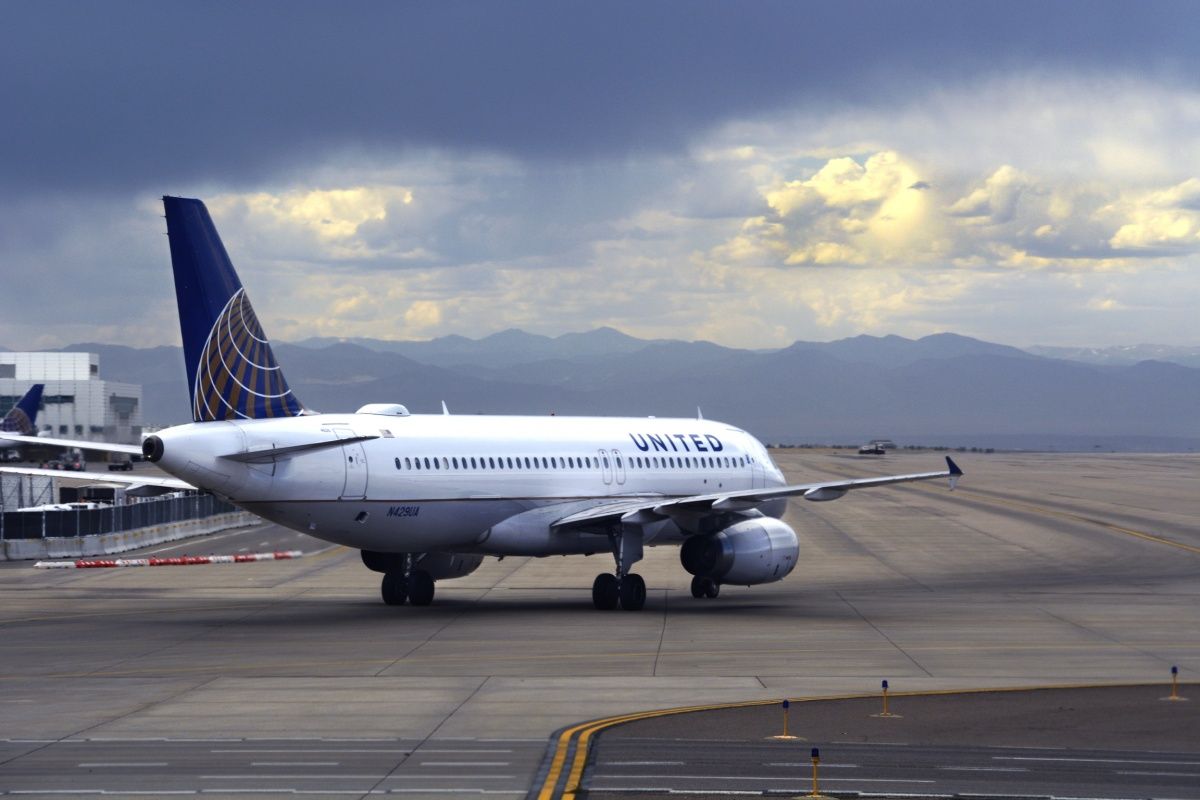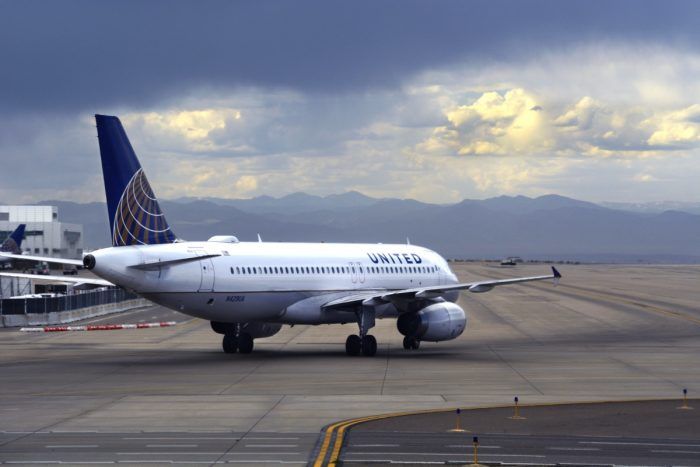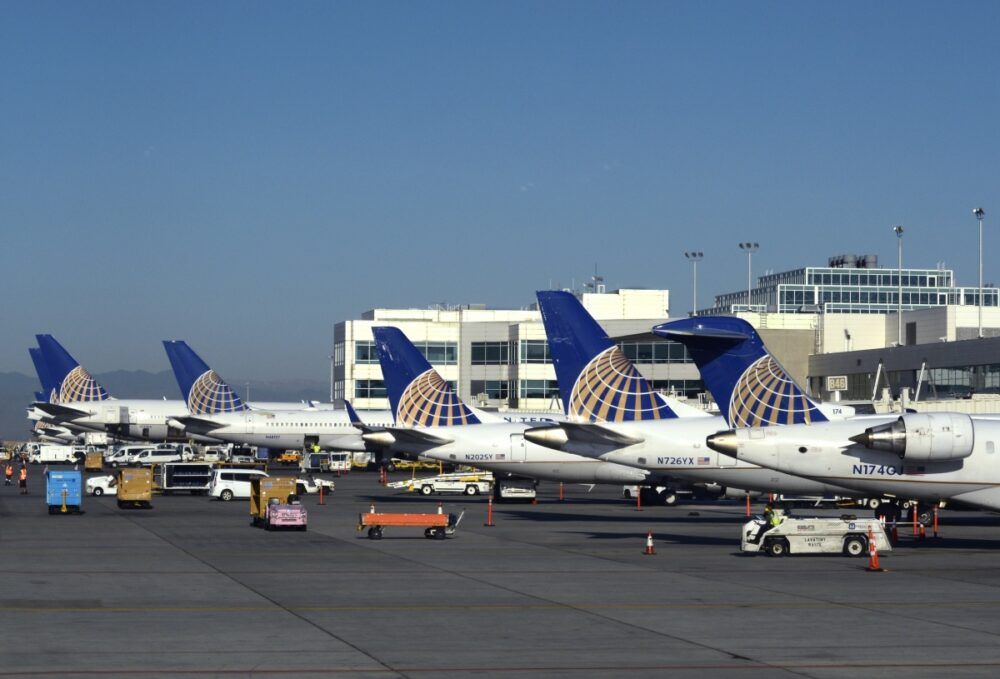United Airlines today announced its financial results for the second quarter of this year. Altogether, the Chicago-based carrier has reported a net loss of $1.6 billion. The company highlights this period as the most difficult financial quarter in its 94-year history.
Challenging times
According to a United States Securities and Exchange Commission report seen by Simple Flying, total operating revenues were down 87.1% year-over-year, on an 87.8% decrease in capacity year-over-year. The adjusted net loss figure is $2.6 billion. This amount excludes special charges, nonoperating special termination benefits, settlement losses, unrealized gains, and losses on investments.
Stay informed: Sign up for our daily aviation news digest.
Moreover, United's liquidity as of the close of business on July 20th, 2020, was approximately $15.2 billion. However, it expects liquidity for the next quarter to increase to $18 billion.
In April, United expected to burn up to $45 million a day in cash for the second quarter. The actual figure ended up averaging $40 million a day, including $3 million of principal payments and severance expenses. Therefore, even though the numbers are dire, the company managed to curb some damage along the way.
Now, the operator is forecasting average daily cash burn to be around $25 million for quarter three. This amount includes $6 million of principal repayments and severance expenses.
Tough tasks
Nonetheless, there has been a slight improvement when it comes to net loss, as the figure for the first quarter was $1.7 billion. The airline feels that it did the best it could to match actual capacity to demand. Additionally, it expects to conclude the quarter with the lowest average daily cash burn among its large network counterparts.
United CEO Scott Kirby shared his gratitude for the work that his team and employees have conducted over the last few months. Ultimately, he feels that his company is in a position to bounce back strongly once the conditions further improve.
"I am grateful for the professionalism and dedication of our United team members who persevered through an historic and challenging period to deliver for our customers. While this unprecedented crisis has been difficult for our team, we expect United produced fewer losses and lower cash burn in the second quarter than any of our large network competitors," Kirby said, as per the report.
"We accomplished this by quickly and accurately forecasting the impact that COVID would have on passenger and cargo demand, accurately matching our schedule to that reduced demand, completing the largest debt financing deal in aviation history, and cutting expenses across our business."
Measures in place
Altogether, there wouldn't have been many people expecting United or any of its peers to be reporting positive results this quarter. Even though demand in the US has picked up slightly, passenger numbers are still a fraction of what it was this time last year. Nonetheless, the carrier managed to gain some sort of income through new initiatives.
United's cargo revenue increased by 36.3% with help from international cargo-only missions. It is also optimizing aircraft capacity with low passenger demand.
Other measures, such as the raising of $16.1 billion through debt offerings, stock issuances, and the CARES Act Payroll Support Program, have also helped. The firm also raised $6.8 billion secured against its MileagePlus Holdings in the form of a $3.8 billion bond and a $3.0 billion term loan.
Ultimately, quarter three is set to be a crucial one for United. The airline will be keeping a close eye on demand over the next few months and will be hoping that the health crisis soon improves in the United States.
What are your thoughts about United Airlines' financial results for the second quarter of 2020? Do you see these numbers continuing for the second half of the year? Let us know what you think of the situation in the comment section.



